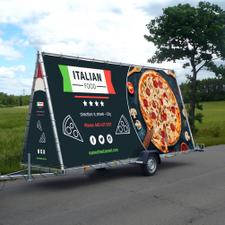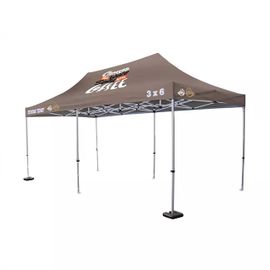Digital Printing
The term digital printing describes modern printing processes in which the printout or the print image is transferred directly from the computer to the printer via an interface. In contrast to offset printing, which is still widely used today, a print template is no longer required. With digital printing, various substrates can be printed on including paper, fabric, acrylic, PVC, other plastics and more.
In contrast to offset printing, which is still widely used today, no artwork is required. Digital printing is available to both professional and home users. With digital printing, the printed image is stored digitally on the computer and is transferred directly from there to a printing press. In contrast to offset printing, no printing form is required for digital printing.
Printing with CMYK and UV Curing
Our digital printers here are printed with the CMYK colour model. CMYK stands for cyan, magenta, yellow, and key colour (black). We are also able to print with white. The ability to print with white is important for the clear and dark substrates. This is because white allows the colour to show up vibrantly no matter what the background colour that we are printing on is.
After the tiny CMYK droplets are deposited to form an image, the ink is cured with a UV coating in order to immediately dry it and, at the same time, give it a glossy finish to protect it from abrasion.
At VKF Renzel, digital printing is used to produce banners, wobblers, promotional products, and more. It is possible to print on rolls or on sheets. In contrast to offset printing, digital printing is used to produce small runs, even starting at one piece.
Flexibility
Ability to Print Single Copies and Small Batches
Efficiency
Print Large Formats
Advantages of Digital Printing
One of the most important advantages is the flexibility of this printing process. Since no artwork needs to be created and replaced, each sheet can be printed differently. This allows for personalised printed products that can be created and printed on demand.
Digital printing is currently the only printing process that is suitable for printing single copies and very short runs. Even small publishers have started to print books by unknown authors digitally in order to limit the financial risk of failure.
Digital printing can print large format graphics, which allows businesses to produce high-quality graphics for banners, outdoor advertising, and exhibition displays. These large formats can be produced quickly in a cost-effective way.
Businesses can print and produce high-quality, full-colour prints with fast turn around times and low set up costs. With the ability to print on demand, means that businesses can order exactly the number that they need, reducing waste and lowering costs.
Most Common Digital Printing Technologies
The most common digital printing technologies are inkjet and laser printers. Professional printers may have additional functions, such as cutting and stapling brochures or leaflets. Commercial users often have so-called high-speed copiers that can handle much higher throughput rates.
Inkjet printing is the most common type of digital printing. It prints on paper, plastics, and other substrates by depositing tiny droplets of ink to create the image. Inkjet printers are relatively inexpensive and can produce high-quality prints with a wide range of colours.








